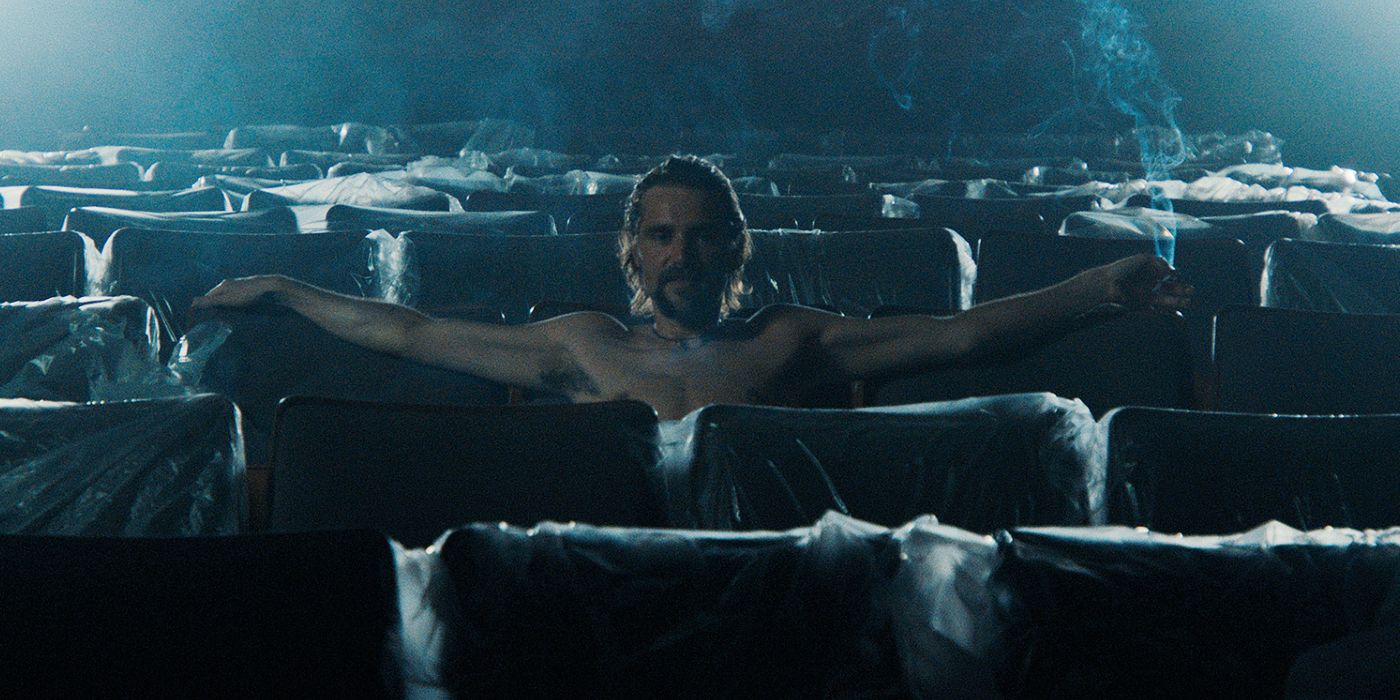
Over the past century, the underlying violence in captured images has been extensively explored by scholars such as Barthes and Sontag, yet this topic seldom intersects with practical filmmaking. Few films directly confront the enigmatic, threatening, and violent essence of images; however, when they do, it can be quite shocking. Joshua Erkman’s latest film, A Desert, falls into a small category that also includes Salò, Man Bites Dog, Henry: Portrait of a Serial Killer, Peeping Tom, and Caché. While there are some contentious films like Salò and Henry, A Desert may be the most unsettling and gruesome of this group, which speaks volumes. The film’s portrayal of images and violence, and its impact on us, the viewers, is truly groundbreaking and eerie.
A Desert slowly builds tension like a chilling horror-thriller, creating a palpable atmosphere of impending disaster that reaches its climax in a frenzy of madness. It’s captivating and visually stunning throughout the journey, essentially narrating the same tale three times, each time faster and more disturbing than before as it rewinds and spirals deeper, much like a self-consuming B-movie. A Desert is a work of art that combines the brutality of a snuff film with intellectual depth, and is definitely worth experiencing.
A Death Drive Into the Desert
Kai Lennox portrays Alex Clark, a skilled photographer yearning to rekindle the fervor and vitality from his initial projects. To achieve this, he purposely embarks on a journey without modern navigation tools such as cell phones or GPS systems, delving into the heart of the American Southwest with an antiquated camera and minimal supplies. He aims to erase his accumulated knowledge and rediscover his innate photography abilities and fascination. As Jean Baudrillard aptly points out in his book America, driving can be a remarkable form of forgetting, which serves as an essential guide for those examining the essence of A Desert.
Alex primarily explores themes related to abandoned structures, impoverished communities, and barren terrains, blending the styles of Dorothea Lange and Richard Misrach in a unique way. However, there’s an air of pretentiousness surrounding his work, as if he’s more of a casual observer than a dedicated artist, snapping pictures during his travels away from city life in California, to depict the ‘dusty desolation of the American West,’ or similar sentiments.
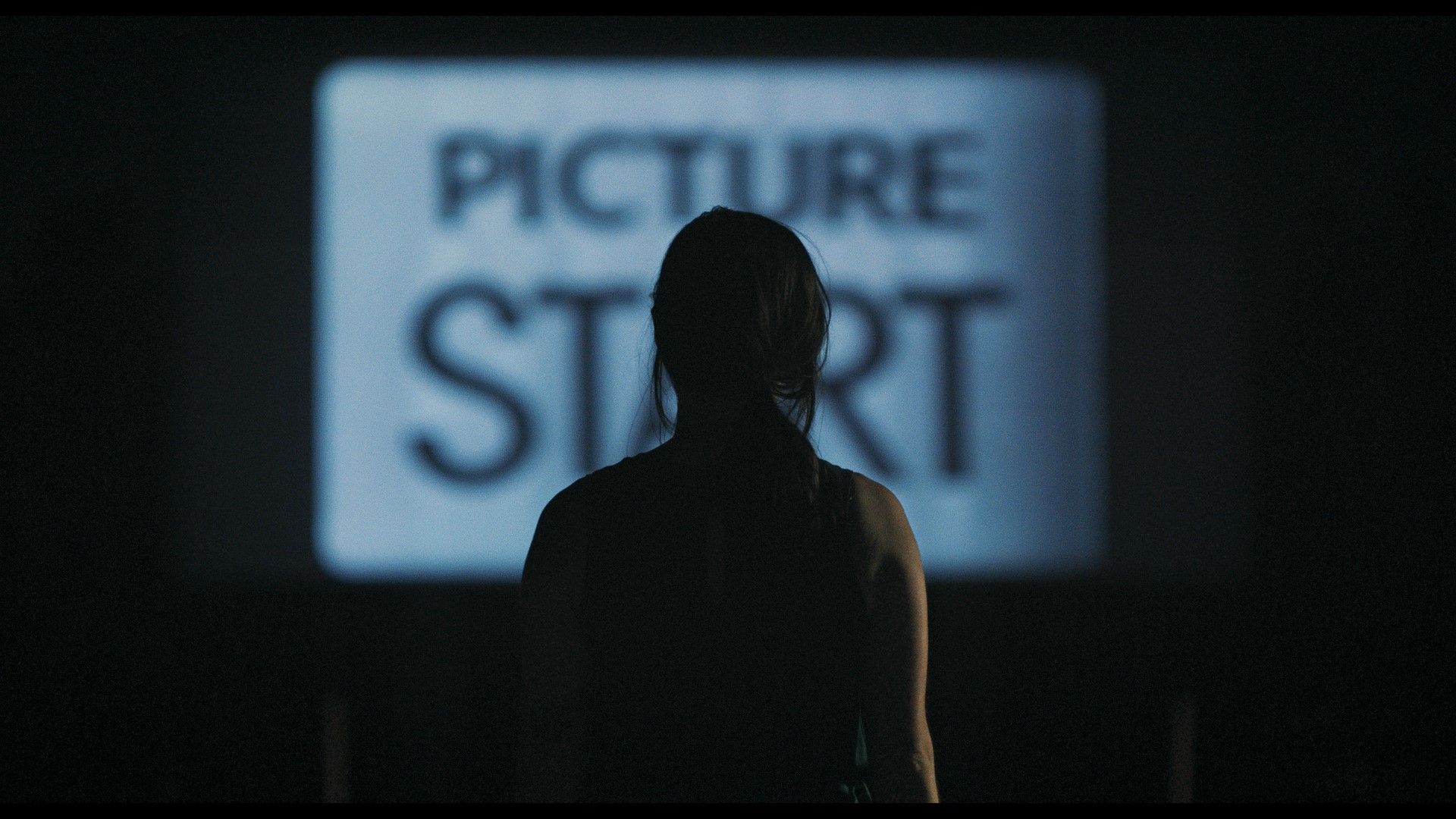

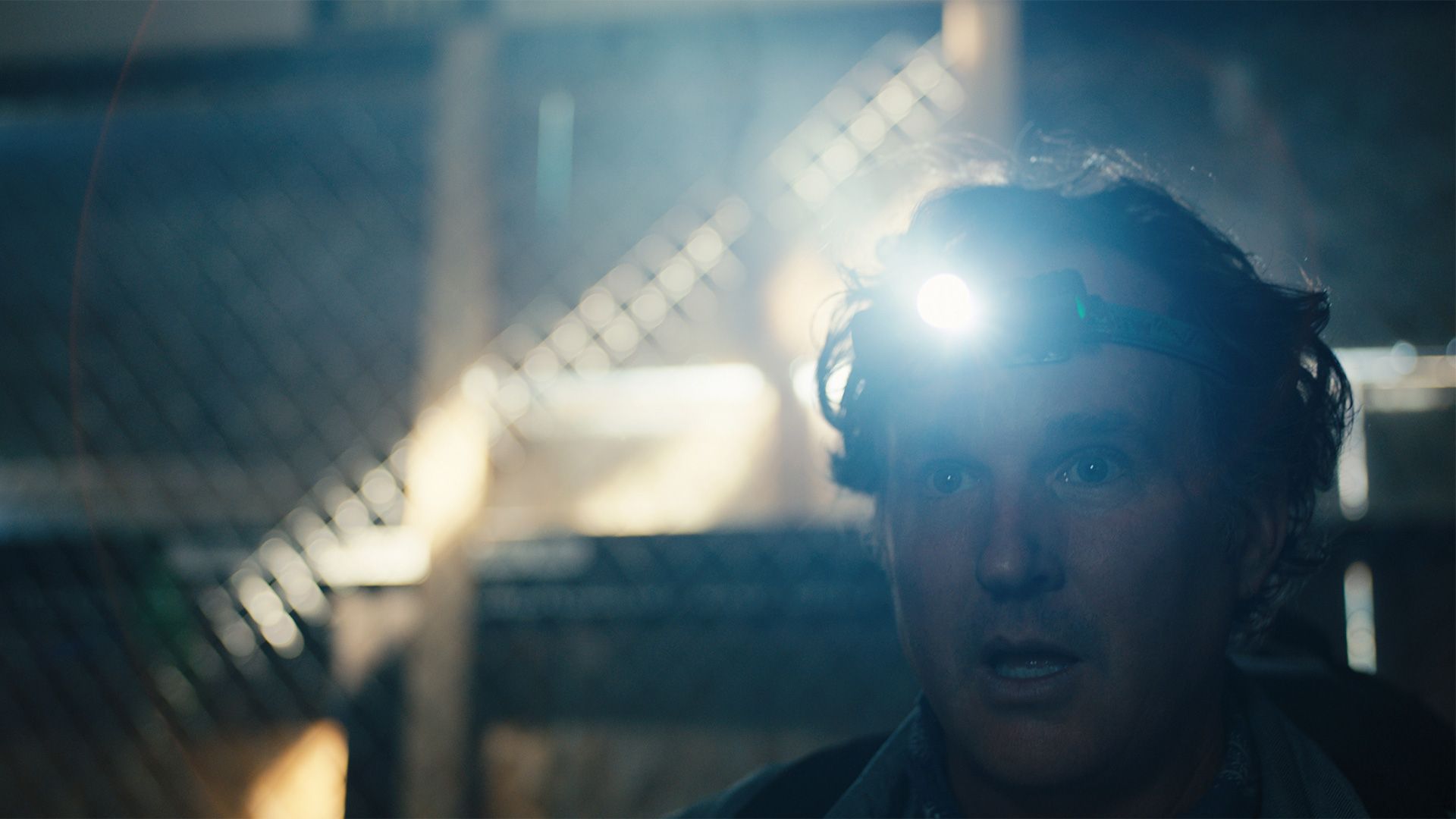
Similar to several characters in “A Desert“, Alex embodies a blend of familiar film personas. Author Lennox skillfully crafts him as a character who appears authentic yet elusive, a middle-aged man and artist grappling with his identity, seeking it elsewhere. Unbeknownst to Alex, he’s on the verge of uncovering more than he initially anticipated.
How much can we strip away meaning and still function in a world that lacks substance or reference points, without going insane? (‘America’ is not explicitly mentioned in this quote but it’s implied as a symbol for a hyper-consumerist society where everything is superficial.)
Daily, Alex phones his wife from shabby hotels and updates her on his whereabouts. Sarah Lind, his long-suffering spouse, endures his self-indulgence but remains mindful of their financial obligations. After a week without contact from him, following an encounter with a questionable couple at the motel, and the usual lack of assistance from the police, Sarah employs a rough-edged private detective named Harold Palladino (David Yow) to locate her husband. Palladino is somewhat peculiar himself, and he embodies common cinematic stereotypes. David Yow fits the part well; his character appears worn and pitiful, hinting at a rich backstory that could be the focus of an intriguing film on its own.
‘A Desert’ Ends in a Horrific & Unforgettable Way

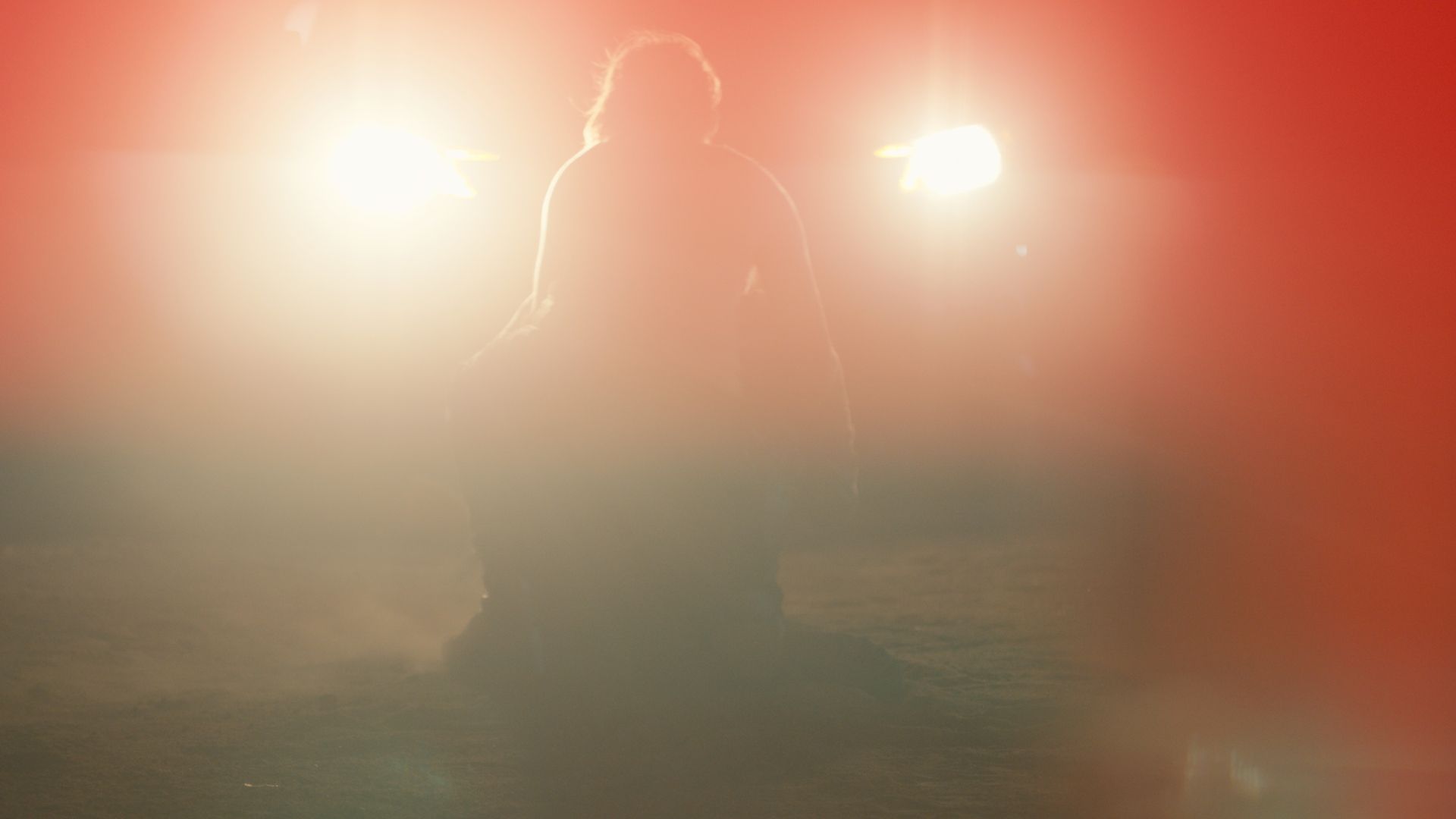
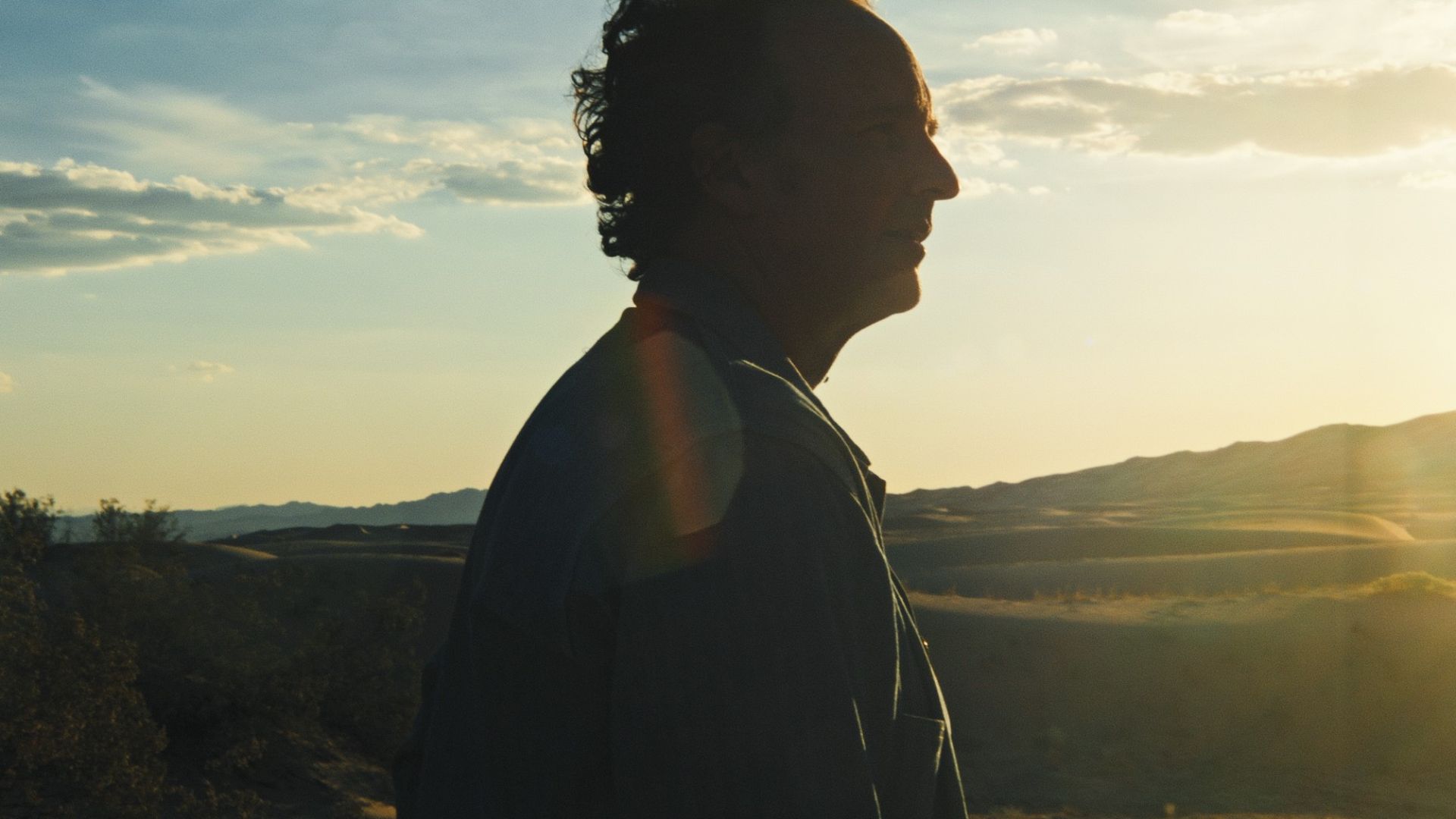
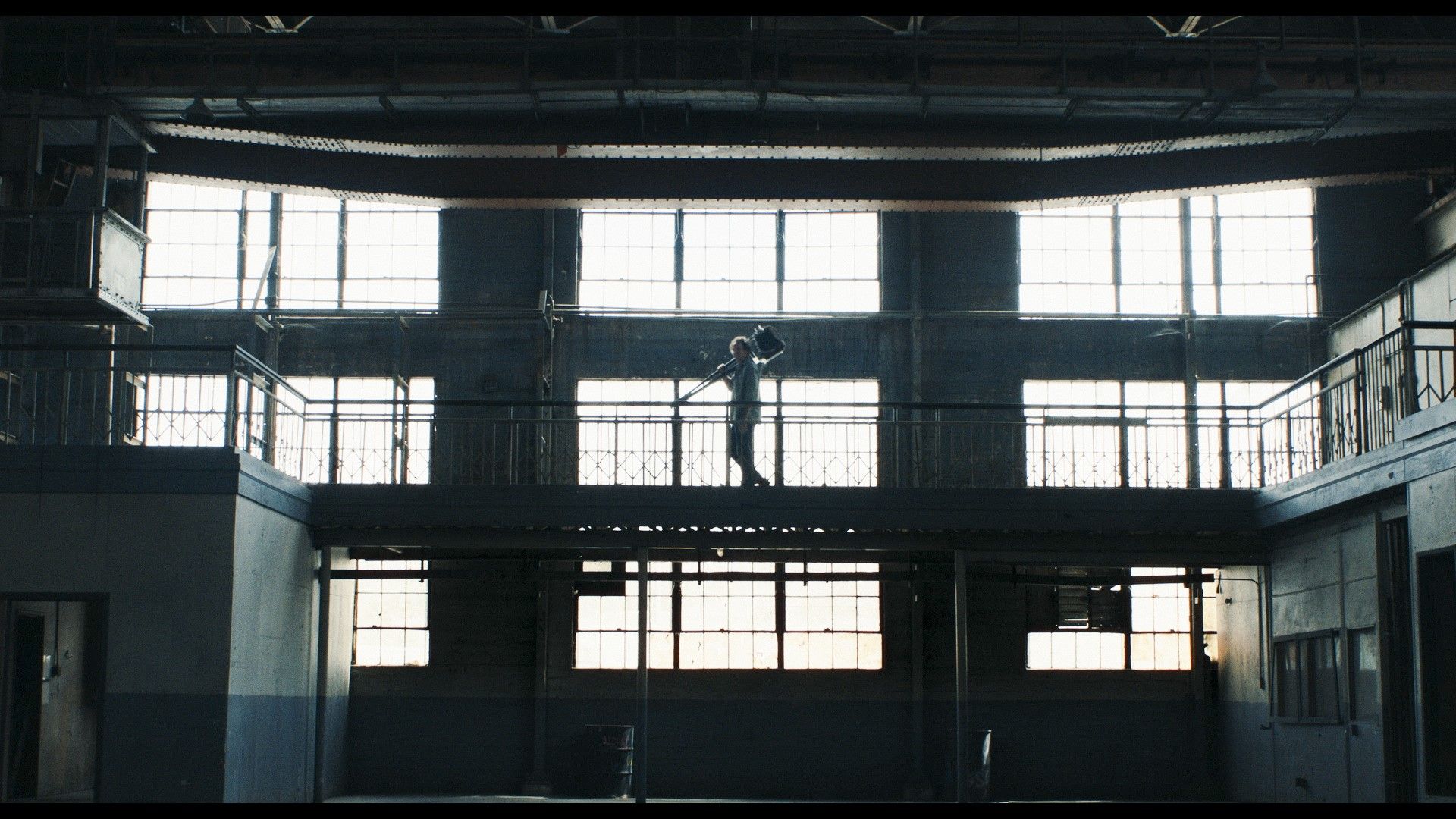
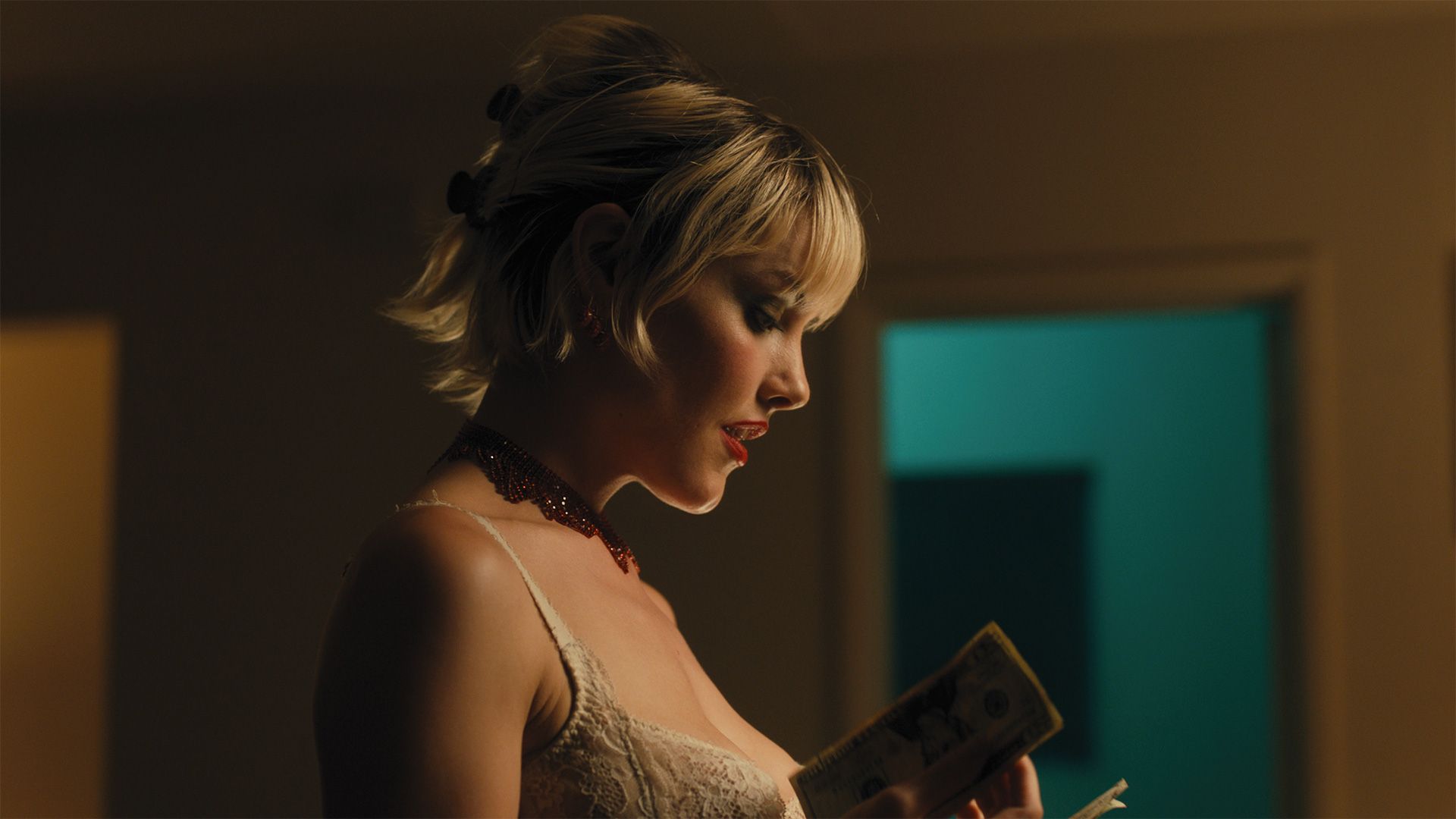
In the end, Sam finds herself following a similar journey as her husband and Harold had before her. While I can’t share more about their individual experiences, let me assure you that the title “A Desert” might seem monotonous, but it isn’t. Just like how various individuals perceive the same image differently, each character interprets this desert drive uniquely. In a surprising and twisted turn of events, they all meet again in the unconventional climax.
In many aspects, a desert shares similarities with films like “Hereditary” or “The Blair Witch Project”, as they gradually build tension before revealing the true horror in an intense climax. However, “A Desert” surpasses these films’ conclusions, not just in terms of visuals and atmosphere, but also by exploring the boundaries of terror. It goes beyond being a mere display of violence or shock value. Instead, it delves into the enigmatic nature of evil, nihilism, and their allure. As Roland Barthes once said, “Photography is subversive not when it frightens, repels, or even stigmatizes, but when it is pensive, when it thinks,” and this is what makes “A Desert” so haunting – it’s a thinking kind of terror.
In a similar vein, the conclusion drawn from this work, much like the film “A Desert,” serves as a reminder that we are indeed observing a cinematic piece and provokes us to question our role. By centering on the essence of photography and visual storytelling, it cleverly employs movie theaters and film screens at both ends, while crafting characters and narratives that are evidently contrived and predestined in various aspects. In this way, “A Desert” skillfully transforms the Brechtian fourth wall into a reflection of dread. Just as the finale of “Salò” and the demise of “Peeping Tom,” it expertly places us as spectators of brutality, implicating us in the act of voyeurism. As Gary Indiana stated about “Salò,” similar sentiments could be applied to “A Desert.
As a cinephile, I find myself drawn to the unflinching approach of Pasolini in making us, the audience, an active participant in the ‘evil’ portrayed on screen. Instead of offering us the comforting indulgence of direct viewing, he challenges us by denying the pleasure of easy guilt. His intent is not just to provoke self-reflection, but to instigate a deep loathing within ourselves. This demand for introspective self-hatred exceeds what many can handle.
Welcome to the Desert of the Real
A film like “A Desert” is not only enjoyable to watch, but also intriguing to dissect, although its captivating cinematography by Jay Keitel and the free jazz score by Ty Segall make it hard to resist (and their combination can be quite intoxicating). The title itself hints at one reason for this.
Deserts, much like striking images or movies, possess a vacant abstract quality that encourages interpretation, despite their inherent harshness. This is a question posed by Baudrillard in his work America: “What makes deserts so captivating?” The reason lies in their lack of depth – they offer a radiant, dynamic, and neutral surface, challenging notions of meaning and significance, as well as the boundaries between nature and culture. They represent an expansive, origin-less, boundary-less space, a sort of outer hyperspace devoid of references or points of origin. Essentially, deserts are a spectacle of indifference, presenting an array of undifferentiated surfaces – the raw power of unbounded open space that you find in these arid regions.
Just as Morpheus from “The Matrix” famously stated, “Welcome to the realm of reality,” a nod to Jean Baudrillard’s ideas. Filmmaker Joshua Erkman invites us on a journey down paths similar to Alex’s, Harold’s, and Sam’s, even my own. Following the footsteps laid by Virginia Woolf in her exploration of violent imagery (in “Three Guineas”), I invite you to see if we experience the same emotions when viewing these images together.
🌵 On a hot note, mark your calendars! I’m super excited to share that “A Desert” is set to premiere in the City of Angels, Los Angeles, on May 2, 2025. New Yorkers won’t have to wait too long as it’ll open there on May 9. Nationwide release follows suit on May 16! Get your tickets and stay updated here. Can’t wait to see you all at the movies! 🎥🍿
Read More
- Clash Royale Best Boss Bandit Champion decks
- Brawl Stars December 2025 Brawl Talk: Two New Brawlers, Buffie, Vault, New Skins, Game Modes, and more
- Best Hero Card Decks in Clash Royale
- Clash Royale December 2025: Events, Challenges, Tournaments, and Rewards
- Call of Duty Mobile: DMZ Recon Guide: Overview, How to Play, Progression, and more
- Best Arena 9 Decks in Clast Royale
- Clash Royale Witch Evolution best decks guide
- Clash Royale Best Arena 14 Decks
- Brawl Stars December 2025 Brawl Talk: Two New Brawlers, Buffie, Vault, New Skins, Game Modes, and more
- All Boss Weaknesses in Elden Ring Nightreign
2025-04-28 21:03